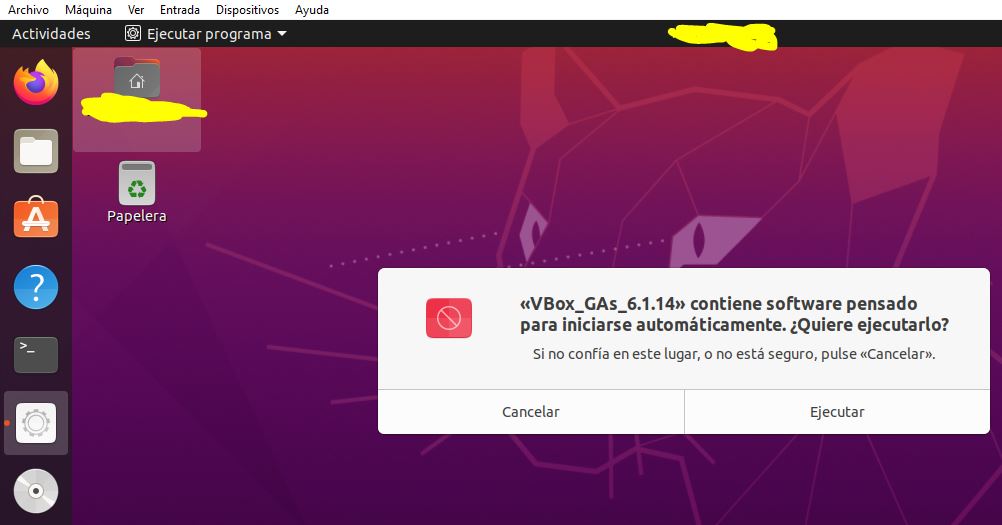


In the pop-up that follows, select Run.Īfter the process is complete, restart the virtual machine and verify the changes. Then, click Devices > Insert Guest Additions CD image from the top menu bar. To do that, begin by starting the virtual machine. This allows you to scale the resolution of the virtual machine by resizing the VirtualBox window, share the clipboard between the host and VM, and bidirectional drag-and-drop file sharing.īut if you're running other RPM-based distributions, you might have to install Guest Additions manually. When you install Fedora on VirtualBox, you'll notice that it comes with VirtualBox Guest Additions preinstalled. This ensures any changes you've made to the system get saved. Next, install the virtualbox-guest-utils package by typing: sudo pacman -S virtualbox-guest-utilsįinish by restarting the virtual machine. If your installation doesn't offer Guest Additions support by default, start by updating the package sources on your system: sudo pacman -Syyu Many Arch-based Linux distributions often include the Guest Additions package when you install them on a virtual machine. On Debian or other distributions, you can view the files inside the disk image using any preinstalled file manager. Click it to view the contents of the inserted image. If you're using Ubuntu, you'll notice a disk icon appear in the dock. Next, click Devices from the VirtualBox menu and select Insert Guest Additions CD image. Then, run the following command to install some necessary packages: sudo apt install build-essential dkms linux-headers-$(uname -r) Update and upgrade the existing packages on your system by typing: sudo apt update & sudo apt upgrade Let it boot and wait for the desktop to load.

Launch VirtualBox and start the Ubuntu or Debian virtual machine. Note that this method will also work for other Debian-based distributions, including Kali Linux and Linux Mint. Make sure to install the operating system as you won't be able to install Guest Additions on a live operating system. Before you can install Guest Additions, you need to create at least one virtual machine using VirtualBox. Installing Guest Additions is one of the many ways to supercharge your virtual machines. Install VirtualBox Guest Additions on Linux


 0 kommentar(er)
0 kommentar(er)
